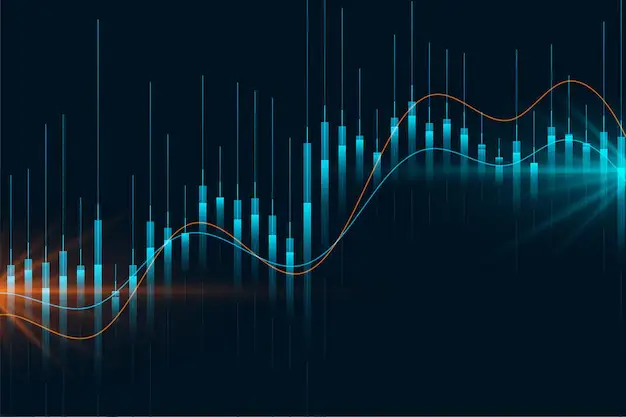
DOW JONES bears to retest the H&S neckline
On the daily chart, the Dow Jones is trading downward for the third consecutive month after a two-year bull market. The index is hovering near the neckline of the head and shoulders pattern after falling below the 200-day exponential moving average. Sellers have already made lower tops and lower bottoms since the January peak. They have successfully pushed the price to a crucial area at the level of 32540. This critical barrier not only coincides with the neckline of the reversal pattern but is also on the 23.6% retracement level of the post-pandemic uptrend.
Will history repeat itself again?
If we go back to 2018, we see that Dow Jones has experienced this transformation before. As we can see here, following a three-year uptrend, a 45% correction occurred. Also, suppose we up the price ceiling to the last top before the Pandemic. In that case, we see that the Pandemic caused the price to fall freely to 78.6% of its five-year uptrend in one month.
The death cross is about to happen
Given the sharp fluctuations and the general attention of the market to political and military developments, it is too early to consider this level as a price floor for an upward reversal. While moving averages are drawing the death crossover. As we can see, the 50-day EMA is about to cross below the 200-day EMA.
The price has been fluctuating between 34180 resistance and 32540 support in the last three weeks. Determining its next direction depends on getting out of this area.
Suppose a downside scenario remains in play. In that case, sellers must have enough power to break the range support and close below the neckline. If that happens, the classic projection will be 30544. If this barrier is broken due to intensified selling pressure, the 29797 hurdle, which lines up with 38.2% Fibonacci, could hold the following support.
Alternatively, if buyers penetrate the March high at 34180, the price will face the resistance zone of moving averages. Overcoming this obstacle is vital to continue the uptrend.
Momentum oscillators do not support the downtrend in the same way. RSI is in the selling area. But the divergence between price and oscillator indicates that selling forces are exhausted and losing their power. But the momentum is below the 100-line and is moving south. Also, we have negative MACD bars that are slightly flattened, but the signal line has a clear downward trend.
Technical Analysis
Discover ideal profit opportunities for your everyday trading with the help of our in-depth technical insights comprised of facts, charts and trends.









